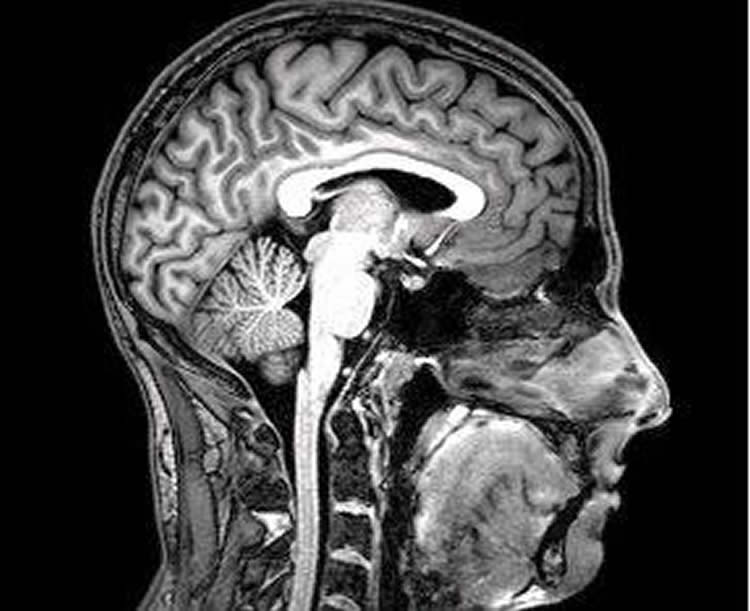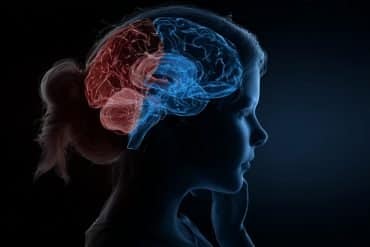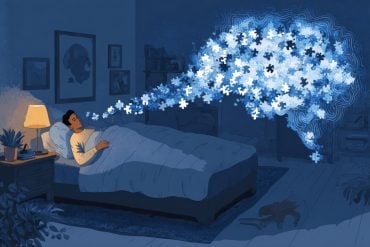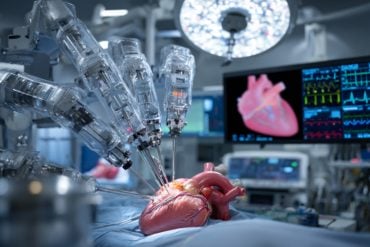Brain scans of people in a coma may help predict who will regain consciousness, according to a study published in the November 11, 2015, online issue of Neurology. The study looked at connections between areas of the brain that play a role in regulating consciousness.
For the study, 27 people in a coma with severe brain injuries were compared to 14 healthy people of the same ages. All of the participants had functional magnetic resonance imaging (fMRI) scans taken of their brains. For those in a coma, the scans were conducted after any sedative drugs were out of their systems. Three months after their injuries, four of the people with coma had recovered consciousness. The others remained in a minimally conscious state or a vegetative state at three months.
All of the comatose people had significant disruption in the connections between brain areas and the posterior cingulate cortex. These changes were the same whether the brain injury was due to trauma or to lack of oxygen, such as from cardiac arrest.

The researchers found that the coordination of activity between the posterior cingulate cortex and the medial prefrontal cortex was significantly different between those who went on to recover from the coma and those who remained in a minimally conscious state or a vegetative state. The coordination between the two brain areas was the same for the healthy participants and those who regained consciousness.
Study author Stein Silva, MD, PhD, of the French national research institute, INSERM U825, in Toulouse, said that more research is needed before these results can be used to guide decisions about people in comas.
“We need to do more studies with larger numbers of patients to substantiate these results, but the findings are promising,” Silva said. “We could be able to predict better who is more likely to recover from a coma and eventually develop innovative networks-based personalized treatments for people with brain injuries.”
Source: Rachel Seroka – AAN
Image Credit: The image is credited to Dr O. O’Neil and is licensed CC BY-SA 3.0
Original Research: Abstract for “Disruption of posteromedial large-scale neural communication predicts recovery from coma” by Stein Silva, Francesco de Pasquale, Corine Vuillaume, Beatrice Riu, Isabelle Loubinoux, Thomas Geeraerts, Thierry Seguin, Vincent Bounes, Olivier Fourcade, Jean-Francois Demonet, and Patrice Péran in Neurology. Published online November 11 2015 doi:10.1212/WNL.0000000000002196
Abstract
Disruption of posteromedial large-scale neural communication predicts recovery from coma
Objective: We hypothesize that the major consciousness deficit observed in coma is due to the breakdown of long-range neuronal communication supported by precuneus and posterior cingulate cortex (PCC), and that prognosis depends on a specific connectivity pattern in these networks.
Methods: We compared 27 prospectively recruited comatose patients who had severe brain injury (Glasgow Coma Scale score <8; 14 traumatic and 13 anoxic cases) with 14 age-matched healthy participants. Standardized clinical assessment and fMRI were performed on average 4 ± 2 days after withdrawal of sedation. Analysis of resting-state fMRI connectivity involved a hypothesis-driven, region of interest–based strategy. We assessed patient outcome after 3 months using the Coma Recovery Scale–Revised (CRS-R).
Results: Patients who were comatose showed a significant disruption of functional connectivity of brain areas spontaneously synchronized with PCC, globally notwithstanding etiology. The functional connectivity strength between PCC and medial prefrontal cortex (mPFC) was significantly different between comatose patients who went on to recover and those who eventually scored an unfavorable outcome 3 months after brain injury (Kruskal-Wallis test, p < 0.001; linear regression between CRS-R and PCC-mPFC activity coupling at rest, Spearman ρ = 0.93, p < 0.003).
Conclusion: In both etiology groups (traumatic and anoxic), changes in the connectivity of PCC-centered, spontaneously synchronized, large-scale networks account for the loss of external and internal self-centered awareness observed during coma. Sparing of functional connectivity between PCC and mPFC may predict patient outcome, and further studies are needed to substantiate this potential prognosis biomarker.
“Disruption of posteromedial large-scale neural communication predicts recovery from coma” by Stein Silva, Francesco de Pasquale, Corine Vuillaume, Beatrice Riu, Isabelle Loubinoux, Thomas Geeraerts, Thierry Seguin, Vincent Bounes, Olivier Fourcade, Jean-Francois Demonet, and Patrice Péran in Neurology. Published online November 11 2015 doi:10.1212/WNL.0000000000002196






